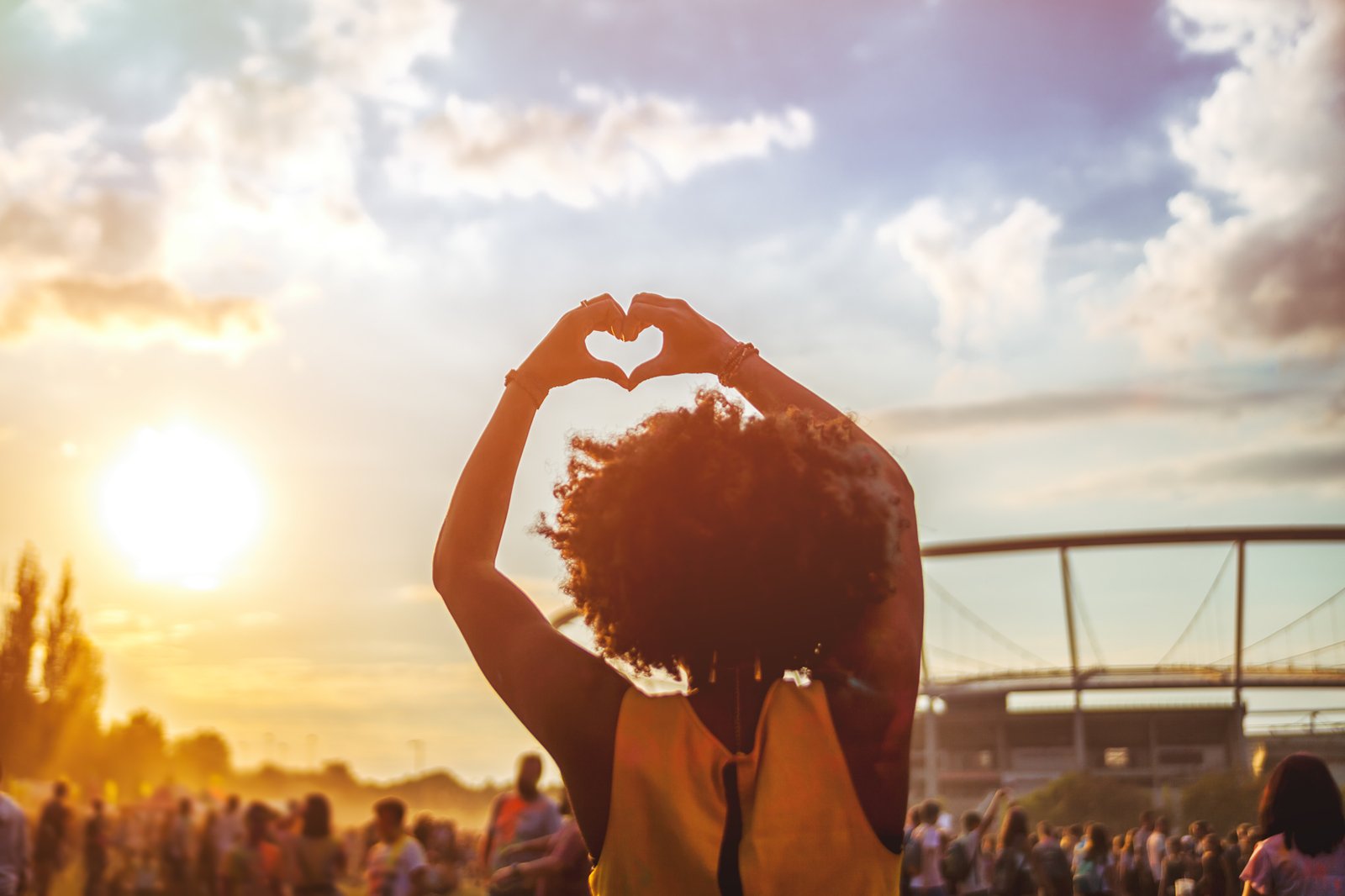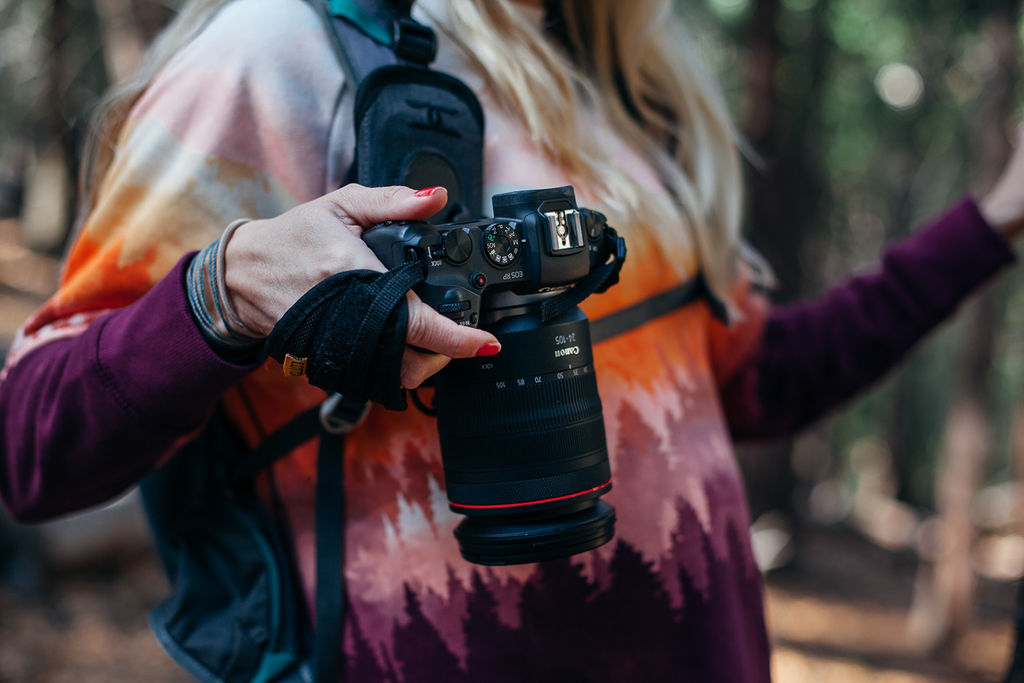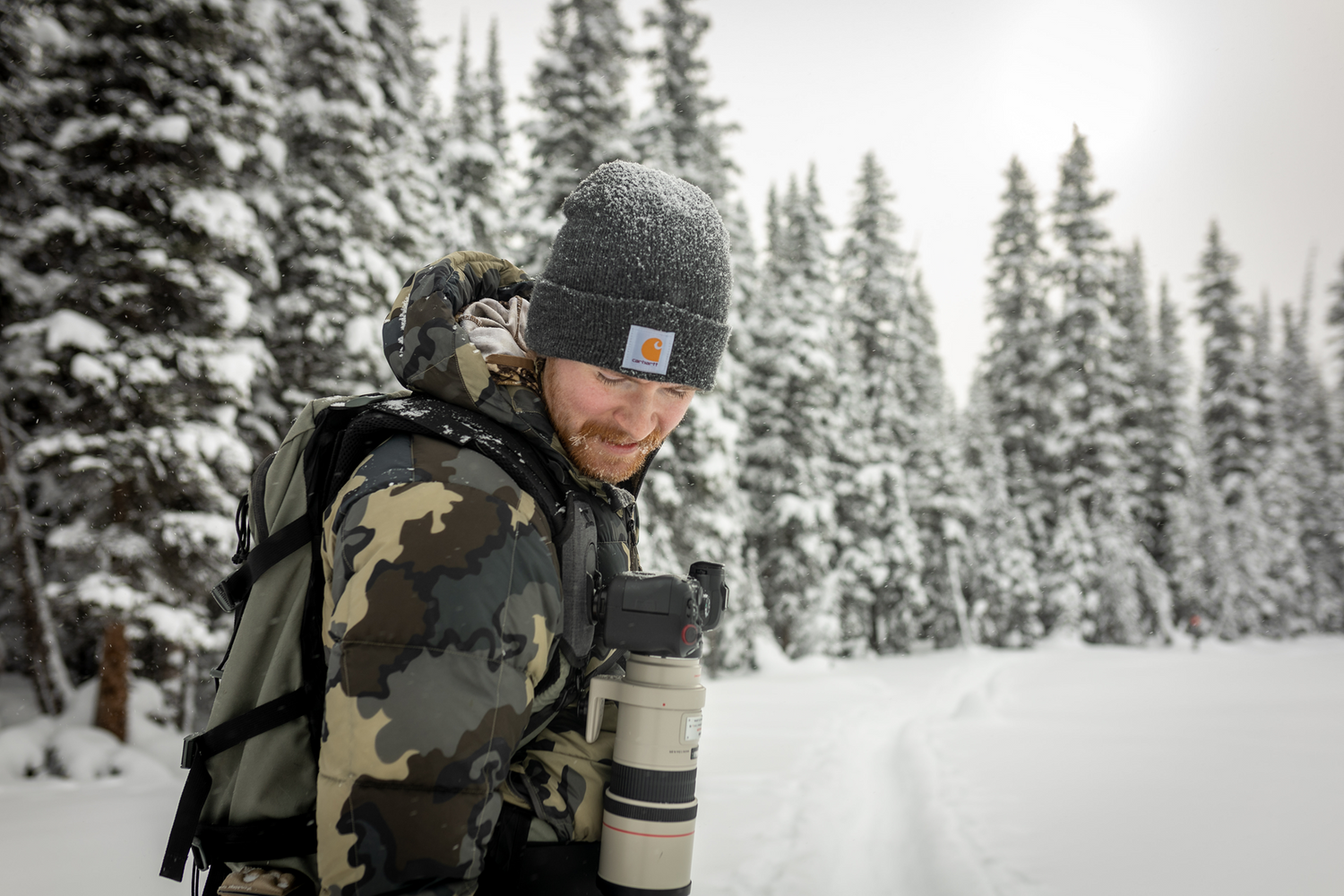Spring is the perfect time for festivals and public events. These events are energetic and offer great opportunities for photographers to capture memorable moments. Whether you're just starting out or you're an experienced photographer, having the right skills and equipment can make a big difference. Here are some tips to help you take great photos at these exciting events.
1. Get to Know the Event
Before heading out, take the time to thoroughly research the event. This prep work can dramatically improve your chances of capturing the event's most significant moments. Here’s how you can prepare:
- Look up the event schedule to plan your day around key performances or happenings. This way, you can anticipate crowd movements and find the best spots for photography.
- Obtain a map of the venue to navigate efficiently and identify potential shooting locations in advance. Knowing the layout can help you move quickly between spots of interest.
- Contact organizers for insider information which might give you access to restricted areas or inform you of unadvertised happenings. Sometimes, organizers can also provide details on the event's theme and expected highlights.
2. Choose the Right Gear
The right equipment can be the difference between good and great photos. Here’s what to consider packing:
- Include multiple lenses. A wide-angle lens is perfect for capturing the ambiance and scale of the event, while a telephoto lens is ideal for zooming in on distant details without disrupting the scene.
- Pack extra batteries and memory cards to ensure you don't miss a moment due to running out of power or storage.
- Use a reliable camera strap to keep your gear secure and within reach, which is especially useful in crowded or chaotic environments.
3. Use the Right Camera Settings
Adjusting your camera settings to suit the environment is crucial for capturing vibrant and clear images:
- Adjust ISO, shutter speed, and aperture to suit varying lighting conditions throughout the day. Higher ISOs can be useful in low light but be wary of increased noise.
- Shoot in RAW format to ensure that you have more flexibility when editing photos later. RAW files contain more detail and allow greater adjustments in exposure and white balance.
4. Vary Your Shots
A mix of shot types and perspectives can bring your event photography to life:
- Take a variety of shots: wide to capture the atmosphere and scale, medium for groups or action, and close-ups for personal moments or details.
- Look for unique angles and viewpoints, such as shooting from above or below, to create more compelling and eye-catching images.
5. Navigate the Crowds
Effective movement in large crowds can help you capture candid moments without causing disruption:
- Be polite and considerate while moving through the crowd. Remember that you are part of the event and maintaining a positive interaction can also lead to better photos.
- Secure your equipment with a durable camera chest harness to prevent any accidents as you move around. This is also crucial to prevent damage to your gear in dense crowds.
6. Master Post-Processing
The final touch to your photographs can significantly enhance their quality and impact:
- Enhance colors and adjust exposure to bring out the best in your daytime and nighttime shots.
- Reduce noise and sharpen images to improve clarity, especially important in low-light conditions where high ISO settings are used.
Photographing festivals and public events is exhilarating and challenging. With the right preparation and by adhering to these photography tips, you'll be better equipped to navigate the challenges and capture the essence of these dynamic gatherings. Embrace each event as an opportunity to refine your skills and add impressive shots to your portfolio. Enjoy the process of discovering and sharing the unique stories that only live events can offer.





